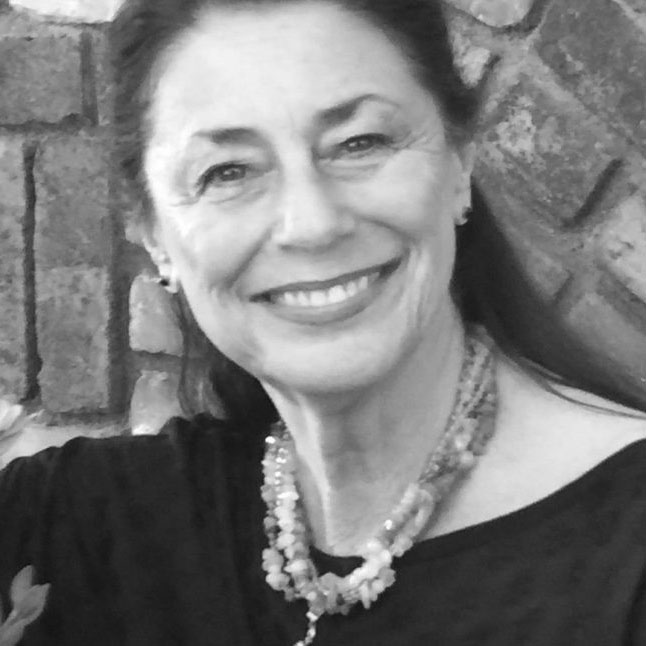
Yom Kippur is over. After focusing on repairing our relationships and cleansing our souls, we are filled with optimism and hope, and much more aligned with the true meaning of life. Having tasted Divine grace, we leave services renewed and strengthened, ready to begin Sukkot.
Torah teaches “There shall be the Feast of Booths to the Lord, seven days … so future generations may know I made the Israelite people live in booths. … You ‘shall rejoice’ before the Lord your God.” We also call Sukkot “Chag HaAsif,” Festival of the Ingathering; and “Z’man Simchateinu,” the Time of Our Rejoicing. Sukkot is the third pilgrimage festival, after Passover and Shavuot. It is seen as occurring at the end of the year but since it follows Rosh Hashanah and Yom Kippur, we also associate it with the year’s beginning. Jews celebrated Sukkot when Solomon dedicated the Temple, highlighted by an incredible water ritual while men juggled lit torches, performing somersaults. Along with instruments and a choir, the event was one of joy.
Sukkot represents the final harvest before the winter months; our people traveling in the desert with the Mishkan (the portable sanctuary for the Divine Presence); and once in the land, the booths the people slept in while gathering the harvest in the fields. It is a time of gratitude for the gift of sustenance.
Sukkot calls us to find joy in simple moments.
Sukkot calls us to find joy in simple moments. The sukkah is a reminder of the fragility of our world yet focuses on the gift of our lives and the breaths connecting us to the Divine. It reminds us that resilience resides within, not from the outer trappings of our lives such as material possessions, sturdy houses or the titles and honors we believe bring meaning. While dwelling in a sukkah, a fragile temporary structure with flexible walls, a roof made of organic materials, and the interior adorned with foliage and autumn bounty, we tap into how little we need to feel comforted, secure and joyful.
The sukkah also is symbolic of the Clouds of Glory that covered the Mishkan, accompanying and leading the Israelites to the Promised Land. The roof, made of bamboo poles or large palm fronds, protects us from the elements yet reveals the sun, moon and stars. Sukkot occurs mid-month, so the moon is full, representing Shekhinah, the feminine indwelling of God, radiating light upon us. We share meals with family and friends, and even imagined guests — ushpizin. The souls of our ancestors represent each of the seven lower sefirot (emanations of Divine attributes) of the kabbalistic tree of life and their spiritual character: Abraham/Sarah (chesed-loving-kindness); Isaac/Rebecca (gevurah-strength); Jacob/Rachel/Leah (tiferet-beauty); Moses/Miriam (netzach-accomplishment); Araon/Deborah (hod-humility); Joseph/Hannah (yesod-bonding); and David/Esther (malchut-sovereignty). Each of the seven days is an opportunity to explore these aspects in ourselves.
This seven-day holiday represents completion, especially God’s works of Creation. We say a blessing for the mitzvah of sitting in the sukkah and take four elements of nature — a palm branch, myrtle, willow (together called lulav) and an etrog (citron) — and shake them three times in six directions. We connect with the presence of God in every part of the world: “The whole world is filled with His/Her glory.”
There is a deeper meaning as well. God’s most awe-inspiring name, YudHayVavHay, spelled with four letters, connects with each of the four elements. Kabbalah views these elements as representing wo/man: the palm fronds for the spine, the willow for the mouth, the myrtle for the eye, and the citron for the heart. We unify these natural creations of God with our own physicality, creating shaleym, wholeness, which is an essential message of Sukkot. God and all that exists in Creation are one.
Each aspect of this experience is a humble, simple expression connecting not only our history but the joy of being surrounded by the beauty of nature and God’s fullness in our lives.
In our unification with the Divine, Sukkot reminds us we can be joyous and secure in the midst of fragility.
Rabbi and Cantor Eva Robbins is co-spiritual leaders with her husband, Rabbi Stephen Robbins, of N’vay Shalom, expandedspirit.org.






















 More news and opinions than at a Shabbat dinner, right in your inbox.
More news and opinions than at a Shabbat dinner, right in your inbox.